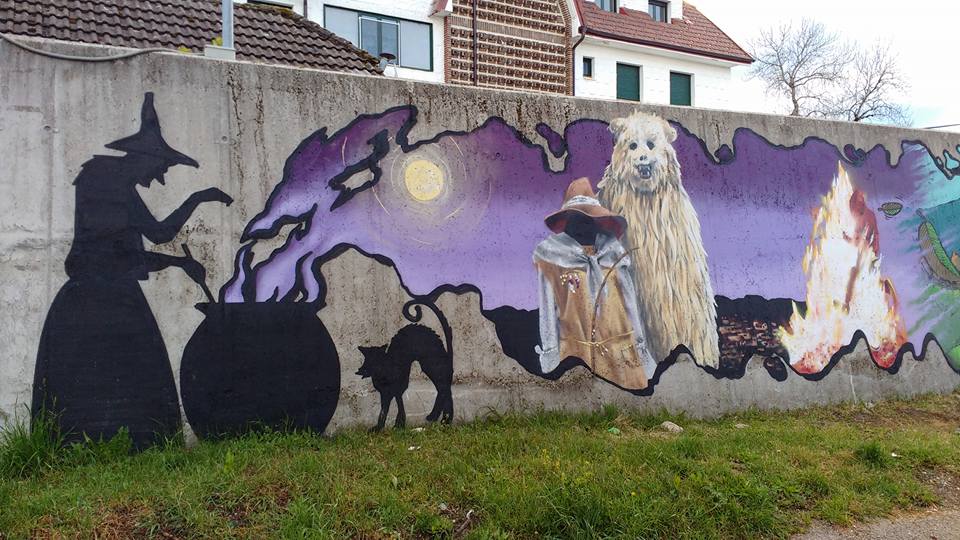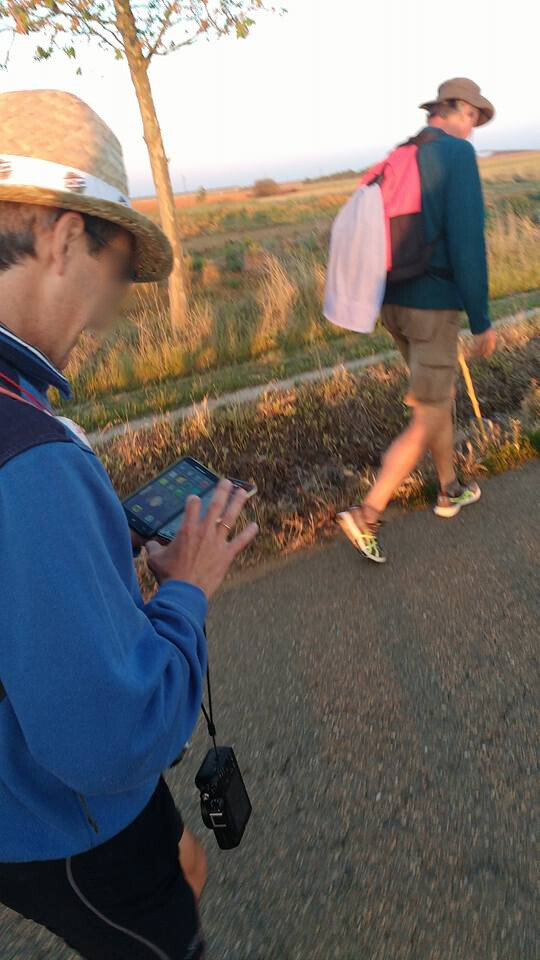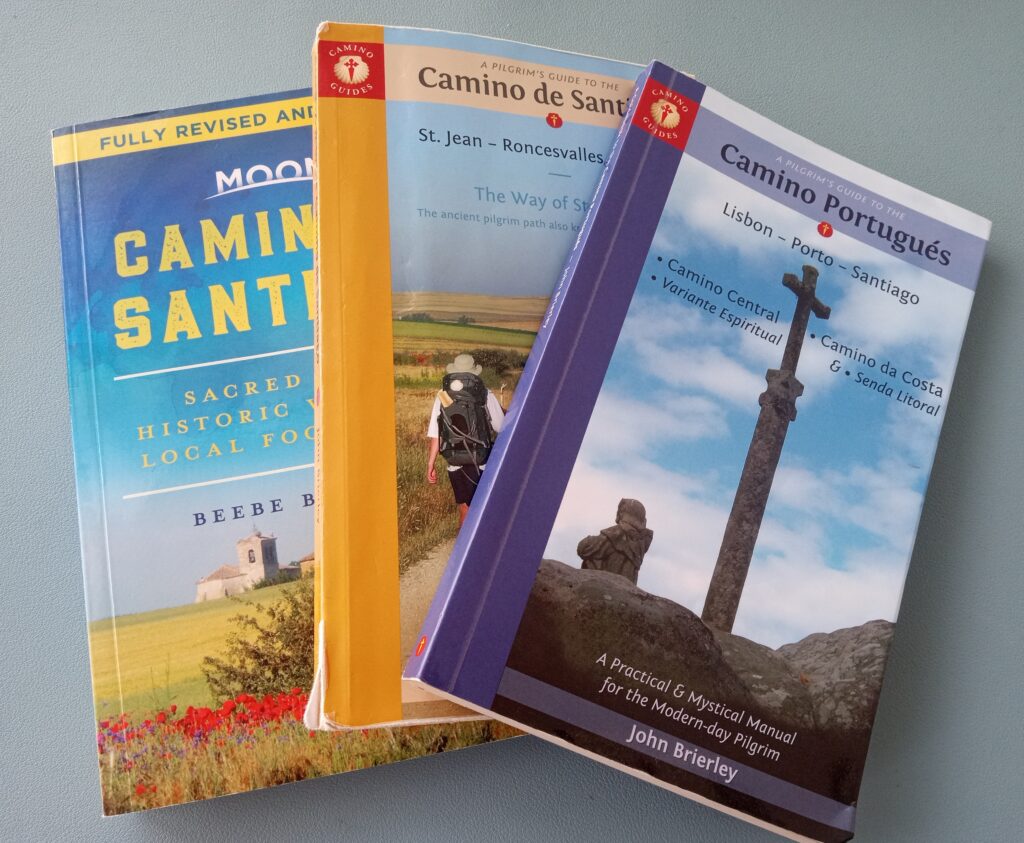The thought of walking across a country can be daunting. And, naturally, one of the first questions that will cross your mind is, “Is the Camino safe?”. And a recent article in The Guardian has, once again, put this question to the forefront.
The Francés and Portugues routes are busy and well-waymarked, with plenty of services. And I’d say they are perfect for a first-time Camino.
I have walked the Camino alone with few problems other than an unsettling man or two that I had to shake off.

But what if you’re considering one of the less popular routes? Are those just as safe?
I recently finished the Camino Primitivo and it was a much different experience than the Francés.
There were far fewer pilgrims around and the towns were much further apart. I walked alone a lot. And in some parts, like walking through forests, I felt a little uneasy.

No harm ever came to me, but I felt I had to be more aware of my surroundings than on the Francés. But as I discovered one day when I inadvertently missed a waymarker, locals are always there to look out for you.
Nowhere in the world is 100% safe. But the Camino is the lifeblood of the small communities that surround it. And they can’t risk harm coming to pilgrims.
Quite often, you will pass the Guardia Civil (they are in green uniforms) conducting patrols by foot, on horseback or in vehicles. They regularly drop into the albergues to check for suspicious people or activity. And locals are also happy to help if you run into trouble. Don’t be afraid to go into a bar, shop or albergue if you need assistance.

I would say, on the whole, that the Camino is very safe. And I’m thankful for the safety measures put in place by the local communities and police.
But there are a few things you can also do to protect yourself and have a safe and unforgettable experience.
Here are some of my top tips:
Watch Your Money

The use of bank cards is much more common along the Camino than when I began walking in 2017. But some places, like municipal and donativo albergues, still only accept cash. This means you should always have euros handy.
Because using the ATM can come with high service charges, I like to withdraw a large amount at once. So, if you’re walking with mucho dinero, take out what you need for the day to carry in your backpack and store the rest in a money belt. This can be worn around your waist or neck and hidden inside your clothing.
Bring a pillowcase or sleeping bag with you. Pop your money belt inside while you sleep. Just don’t forget it in the morning.
But what about when you use the bathroom? I like to take a small plastic bag to put my valuables in when I hit the shower.
Don’t leave anything important on your bed or in your backpack at an albergue. Unattended items can go missing.
Leave your Valuables at Home

Thieves operate on the Camino just like they do in the cities. And in Spain, they are pros. On the Camino, most people are trustworthy. But it’s best not to take the risk.
If possible, try not to bring anything of value. Not only does it add more weight, but it makes you a target.
Most albergues are not equipped with options for safe storage, so if you don’t need an expensive phone, laptop or camera, leave it at home. This goes for nice jewellery too. Nobody will care about your Tiffany bracelet or diamond ring on the Camino except a thief.
Avoid Walking in the Dark

Walking on the Camino after the sun goes down (or before it comes up, for you early risers) is not advised, especially for women. Much of the Camino runs through tiny pueblos and rural, isolated areas.
Exiting the larger cities is one thing. The streets will be well-lit. But if you are leaving a small village and heading through forest or farmland, adequate lighting isn’t guaranteed.
If you choose to walk when it’s dark, have a headlamp and reflective gear. Make sure you have a whistle. Many backpacks are now equipped with one. And walk with other pilgrims.
Be aware of your surroundings and cognizant of anyone who doesn’t look like a pilgrim or approaches from the opposite direction.
Trust Your Intuition

Even though you are on a pilgrimage, not everyone is there for holy reasons. You may encounter people along the Camino who are conducting scams. You may see rough-looking groups of vagabonds. And women may encounter men who make them feel uneasy.
Always trust your intuition and don’t be afraid to move on from a person or place that makes you uncomfortable. Just because you’re surrounded by churches, doesn’t mean you can’t lie or be rude to get out of a situation that doesn’t feel good. Don’t feel guilty. St. James will forgive you for protecting yourself.
Make Friends

Meeting your fellow pilgrims is one of the great joys of the Camino. And I consider the people I walked with to be lifelong friends.
Everyone on the Camino is going through a similar experience. You’ll have meaningful conversations with one another. You’ll share many bottles of wine. And if you need a Band-Aid or some sunscreen, one of them will probably have it.
But pilgrims also look out for one another. Talk to people. Let them know where you’ll be and where you’re going. And don’t be shy to ask to walk with or near them if you’re uncomfortable. Sometimes you’ll find yourself completely alone. If you pass any walkers, take note. It’s always reassuring to know someone is behind you.
Also keep an eye out for others, especially those walking alone. If you notice them in a situation that seems suspicious, stay close. And offer to let them walk with you for a while if you’re in a remote area.
Get a Spanish SIM Card

Spanish SIM cards are very inexpensive. They are a convenient and cost-effective way to keep in touch with friends and family. Having a local SIM card also takes the stress out of anything you might need to do locally, like calling to book an albergue.
You can purchase a pay-as-you-go from any cell phone retailer for less than 20 euros/month. Orange, Vodafone, Movistar and Yoigo are popular service providers in Spain. Plans are generous with local and international calling minutes, texting and data.
Once you purchase your SIM card, simply pop it in your phone. Be sure to note your new Spanish phone number and its PIN.
Keep in Touch

Now that you have your Spanish SIM card, use it.
Keep in touch with loved ones back home and let them know where you are. Share your number with pilgrims you meet. Although you may want to unplug, it’s always wise to drop someone a quick text to notify them of your whereabouts.
I generally prefer to stay off social media on my Camino. But posting your photos at the end of each day is also a good way to let everyone know you’ve arrived at your destination safely.
And don’t forget to register with your country’s embassy to let them know where you’ll be and when. This information helps get you out of the country in the event of a major emergency.
Bring a Guidebook

Call me old school, but I like walking with a physical guidebook. And having something tangible makes my experience more meaningful than an app.
Any good Camino guidebook will outline each stage in detail. And giving it a quick read will help prepare you for your day.
Guidebooks will indicate distances in kilometers and map out terrain. They will also provide phone numbers and addresses for albergues, restaurants and points of interest.
Guidebooks also note any hazards you could encounter, such as dangerous roads, to be aware of. They will also list emergency numbers and useful Spanish phrases.

I love John Brierley’s series of guidebooks. His comprehensive and meticulous guides prepare you for what to expect on your Camino. But they also leave room for a little magic. If you’re walking alone, these make great companions. And you never have to worry about Wi-Fi or weak signal.
Useful emergency phone numbers:
Emergencies 112
Guardia Civil 062
Policía Nacional 091
Policía Local 092
I also recommend downloading and registering on the AlertCops app. In the event of a situation where you need police assistance, open the app and press the alert button on the icon menu. This will discreetly alert the nearest police station of your position. Keep in mind, that this service is only within Spain.
On the whole, Spain is a very safe country. And if you stick to the safety measures you use at home, you’ll be fine. By taking some basic precautions and using your common sense, your Camino will be a safe and enjoyable experience.
Buen Camino!